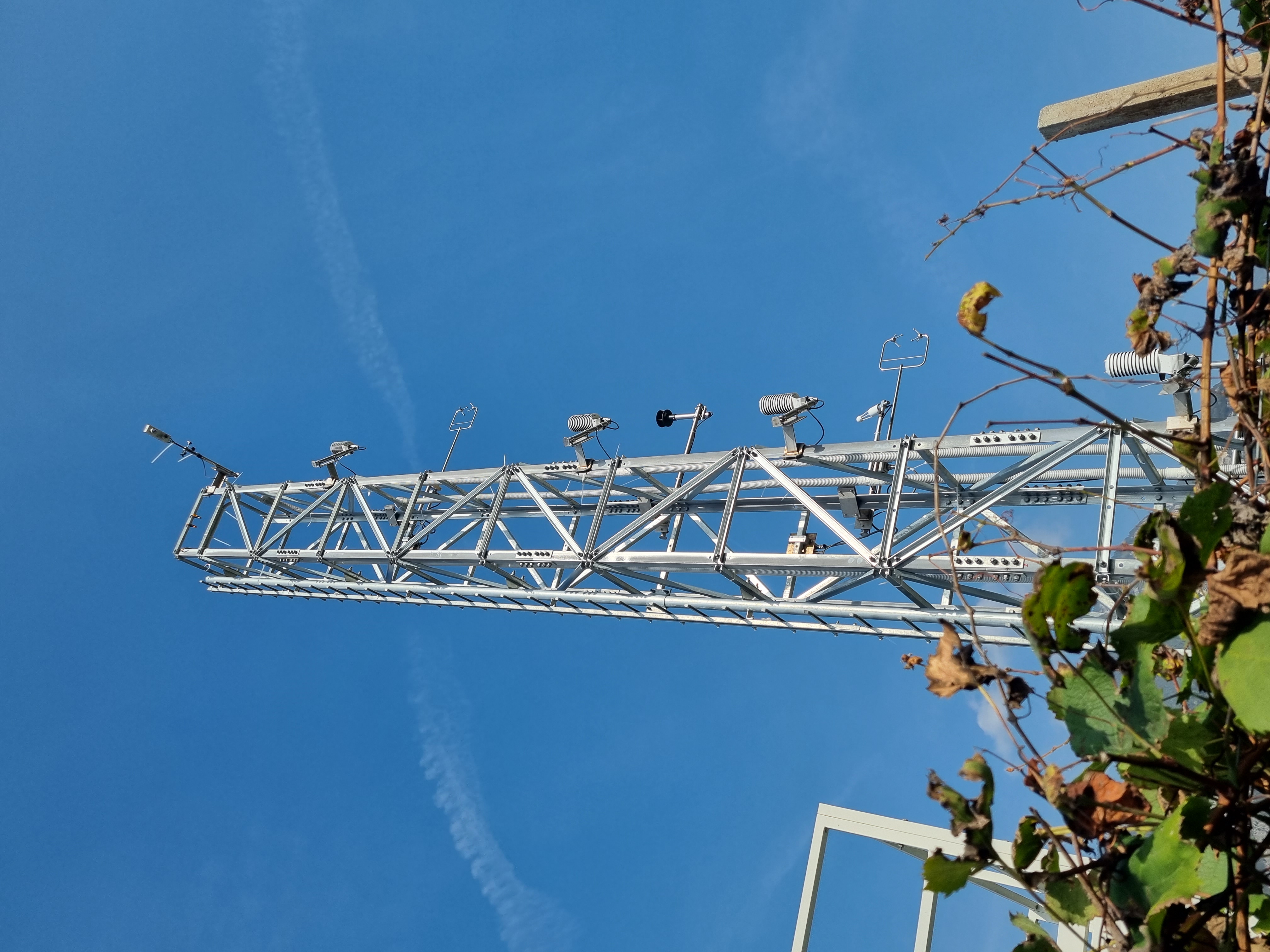Working group on Surface-Atmosphere Exchange
The TEAMx working group on surface-atmosphere exchange is led by Helen Ward (University of Innsbruck) and Lorenzo Giovannini (University of Trento).
The Surface-Atmosphere Exchange Working Group will play a key role in the design of the TEAMx Observational Campaign, delivering near-surface turbulence measurements across a range of sites and locations. This requires careful consideration of what the measurements represent and their uncertainties. For example, how applicable are our current measurement techniques in complex terrain? Which processes are captured by the observations and which are missed? What are the consequences of applying assumptions usually made over flat and horizontally homogeneous environments? An important task will be developing recommendations for data processing in complex terrain.
The observational data will be used to investigate a variety of topics that have, thus far, been little studied in mountainous terrain. These include, improving understanding of the processes involved in transport and exchange of momentum, heat and mass between the surface and atmosphere over mountainous terrain, investigating the processes responsible for energy balance under-closure and uncertainties in carbon dioxide uptake over mountainous terrain to enable more robust interpretation of eddy covariance fluxes and more accurate quantification of the global carbon budget, analysing the lesser-studied conditions (e.g. wintertime, snow cover) and surfaces (e.g. glaciers, urban areas, water bodies) that are important in mountain regions, studying the effect of surface and sub-surface heterogeneity (e.g. in vegetation or soil characteristics) on surface-atmosphere exchange, and generalising flux-profile scaling relations to improve surface exchange parameterisations in horizontally heterogeneous and non-flat terrain.
In spring 2023, a sub working group on glaciers has been established. It is led by Lindsey Nicholson (University of Innsbruck), Tobias Sauter (Humboldt Universität zu Berlin), and Jean-Emmanuel Sicart (University of Grenoble). It has two main collaborative research foci within the TEAMx framework:
- Exchanging and sharing information across the working group network on existing studies, including as yet unpublished work. Synthesizing existing instrumental observations and modeling studies on glacier-atmosphere exchange processes and controls from a range of environments to produce review papers and additional specific studies addressing the following topics:
- Examining controls on the exchange processes over glacier surfaces.
- Using glacier surfaces as a test bed for stably stratified airflow with changing roughness properties
- Quantifying the role of glaciers/deglaciation on wider valley circulation
- Representation of glacier-atmosphere exchange processes in coupled glacier-atmosphere models
- Examining circulation processes at the ice margins
- Development of an intensive glacier-atmosphere exchange experiment at Hintereisferner in the Austrian Alps to document the evolution of the glacier microclimate and wind system, and how it relates to vertical structure of the valley atmosphere and of the three-dimensional distribution of turbulence, in connection with surface fluxes, cross-valley circulations, entrainment of free-atmospheric air, elevated inversions, cloudiness, and precipitation.

